Bad Sisters vs Conversations With Friends
This was the year a punchy prestige drama filmed around upper-middle-class coastal Dublin captured the imagination of audiences around the world. The twist is that the series that caused such a sensation had nothing to do with Sally Rooney.
Because, as the Rooneyverse withered with the BBC’s bloodless adaptation of Conversations With Friends, it was Sharon Horgan’s Bad Sisters (Apple TV+) that captured lightning in a bottle. Funny, frank and ribald, the tale of five sisters and their mission for revenge against a brother-in-law from hell was a showcase for Horgan as writer and showrunner – and for “Dublin Bay” chic, as the action hopscotched from Malahide to the Forty Foot in Sandycove. (You can watch Bad Sisters here)
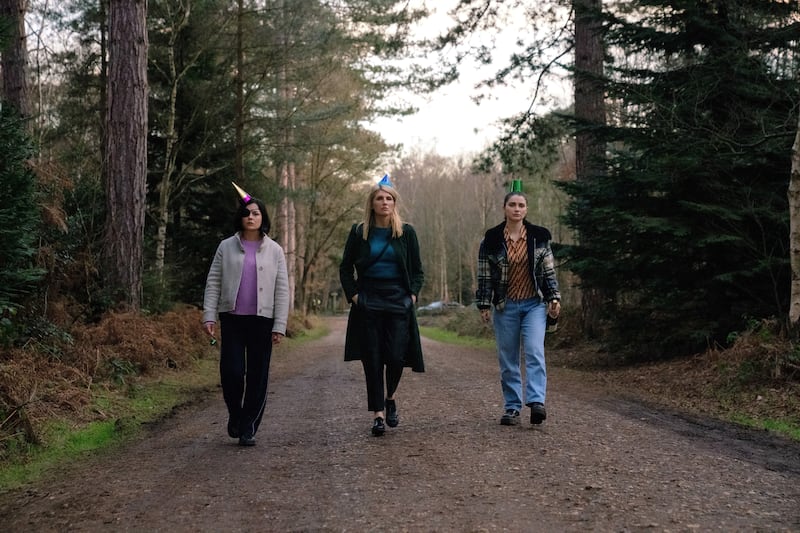
It was a hoot from beginning to end, with scene-stealing turns from Horgan, Eva Birthistle, Sarah Greene, Eve Hewson and Anne-Marie Duff as our quintet of siblings behaving wretchedly. And though originally intended as a one-and-done affair – the Belgian thriller from which it is adapted, Clan, ran for just a single series – Apple has greenlit a second season. It turns out that sometimes we can have nice things. A slow handclap, meanwhile, to the New York Times, for heralding a fantastic “British” show and its “All British” cast – prompting spiky rebukes from Hewson and Birthistle.
Why did Bad Sisters thrive while Conversation With Friends (BBC One) faded from memory even as we were watching? Perhaps it was partly a backlash against the 2020 retelling of Rooney’s Normal People. That series, while gutsy and often beautiful, was also at times po-faced to a fault. But nobody cared because Paul Mescal and Daisy Edgar-Jones were so charismatic as the star-crossed lovers at its centre. Never mind the plot holes, feel the chemistry.
READ MORE
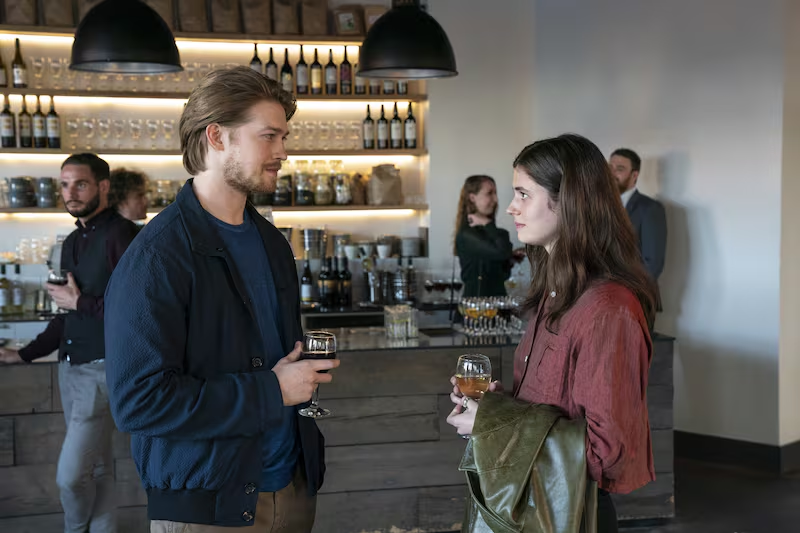
With the lifeless Joe Alwyn replacing Mescal as the romantic lead, Conversations With Friends was doomed to suffer by comparison (You can watch Conversations with Friends here). Bad Sisters dared to dazzle; Conversations With Friend invited you to wallow in its chichi misery and achieved the impressive feat of making Monkstown look grim and tatty. Guess which went down better?
Welcome to Wrexham

One notable trend in 2021 was the growth of the cuddly sports saga. It had started in 2020 with Ted Lasso (Apple TV), a soccer comedy for people who don’t know much (or anything) about soccer.
Also not knowing anything about soccer were Hollywood’s Ryan Reynolds and Rob McElhenney. Which was why they bought non-league Wrexham FC and then made a wry docudrama about their adventures in team ownership, Welcome to Wrexham (Disney+). Cockles were warmed across the world, though if Hollywood wants some gripping drama it should go all in and put Will Smith in charge of the Mayo senior football team. Forget Welcome to Wrexham – what about Becalmed In Ballina? You can watch Welcome to Wrexham here
Derry Girls
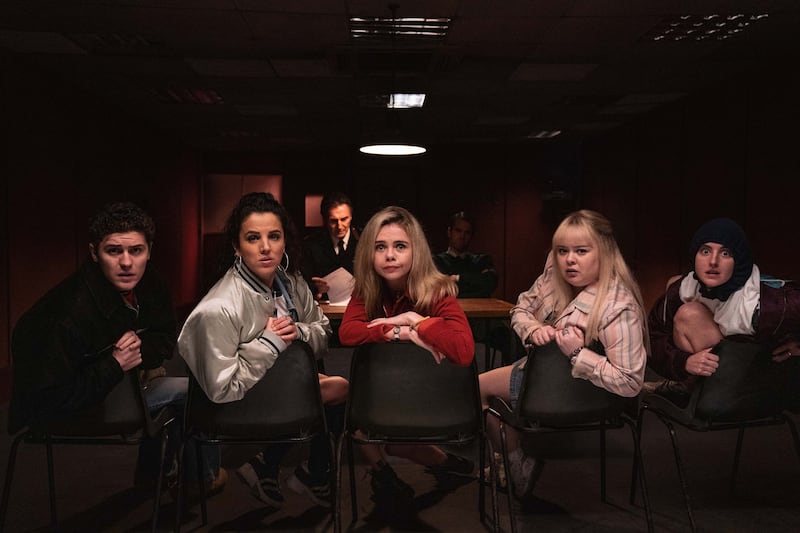
As Ireland was saying goodbye to the Sally Rooney TV phenomenon, it also bid farewell to Lisa McGee’s Derry Girls (Channel 4), which bowed out with a heartfelt finale and a cameo from Chelsea Clinton. Then came the surreal afterword, when Martin Scorsese revealed he’d been bingeing on McGee’s tale of school girls navigating a world of nosy nuns, sectarian strife and 1990s pop. Stay tuned for Francis Ford Coppola outing himself as a keen watcher of Nationwide. You can watch Derry Girls here
Peaky Blinders
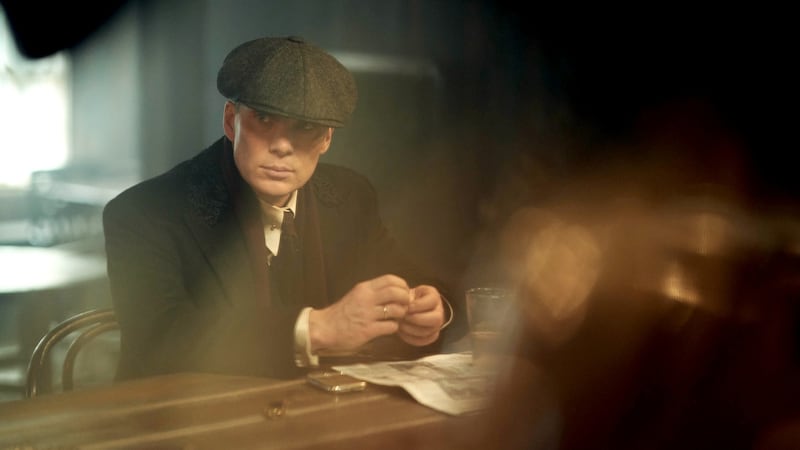
Another big adieu was from Cillian Murphy in Peaky Blinders (BBC One). Steven Knight’s stylised portrayal of mid-20th century Birmingham gangsters has become madly beloved by the sort of people who wear drooping moustaches and listen to the rock band Idles. Alas, in the final season, not even Murphy’s best efforts as maverick mobster Tommy Shelby could save the day. The series departed with a whimper as Tommy faked his death and slopes off into the great beyond (he’ll be back for a rumoured movie). You can watch Peaky Blinders here
This Is Going to Hurt
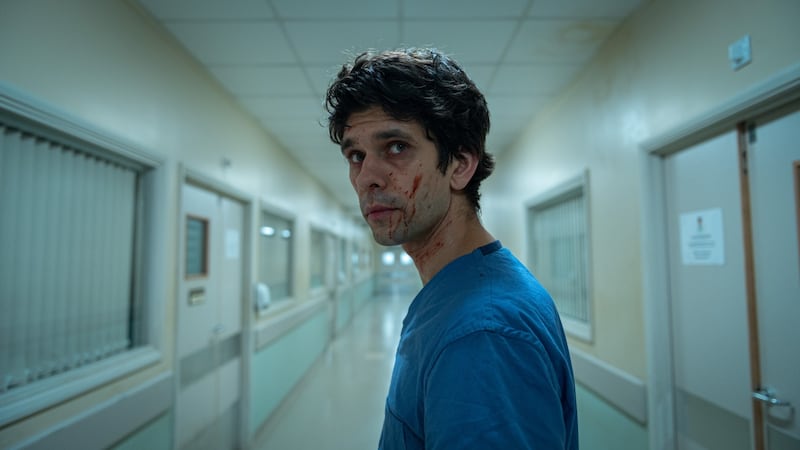
If Peaky Blinders prioritised swagger over human drama, the opposite could be said of Ben Whishaw’s This Is Going to Hurt (BBC One). Adapted from former junior doctor Adam McKay’s memoir it depicted the British health system as chronically dysfunctional and forever teetering on the brink. It made for sobering viewing, especially for Irish viewers, whose horrified thoughts will have strayed towards a potential remake set in Ireland revolving around the HSE (“This Is Going To Hurt – and Cost You an Arm and a Leg”). You can watch This Is Going to Hurt here
House of the Dragon vs The Rings of Power
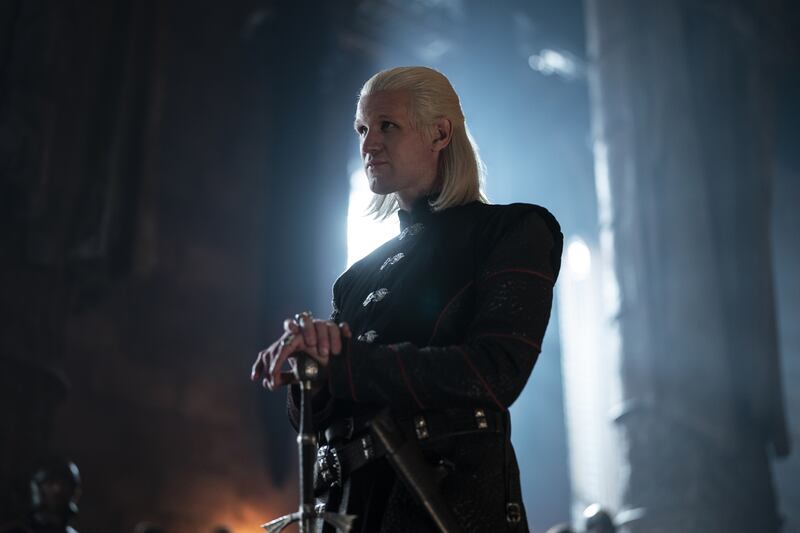
Beyond Dublin’s chichi hinterlands and Britpop-era Derry, the story of TV in 2022 was of bloated budgets and boundless blockbusters. The year’s biggest cage fight took place in August when Game of Thrones prequel House of the Dragon (Sky Atlantic) went up against Amazon’s $1 billion Lord of the Rings spin-off, The Rings Of Power (Amazon Prime Video).
It quickly became clear it was an unfair contest. House of the Dragon featured vividly-drawn characters, deep intrigue and Matt Smith in a statement wig. Rings of Power resembled a 14-year-old’s cobbled-together Dungeons and Dragons session. Plus for Irish viewers, there was the added cringe factor of Rings of Power lumbering its filthy, uncivilised quasi-Hobbits, the Harfoots, with caricatured Irish accents. (You can watch House of the Dragon here)
It is funny how the old tropes keep coming back in new ways. Speaking to The Irish Times, the showrunners fobbed off the stereotyping by essentially claiming some of their best friends were Irish. Meanwhile, Tolkien fans were gagging on their Old Toby at the series’ overhauling of the saga’s most sacred lore. For Amazon, fantasy had turned to nightmare. (You can watch Rings of Power here)
Stranger Things and Sandman
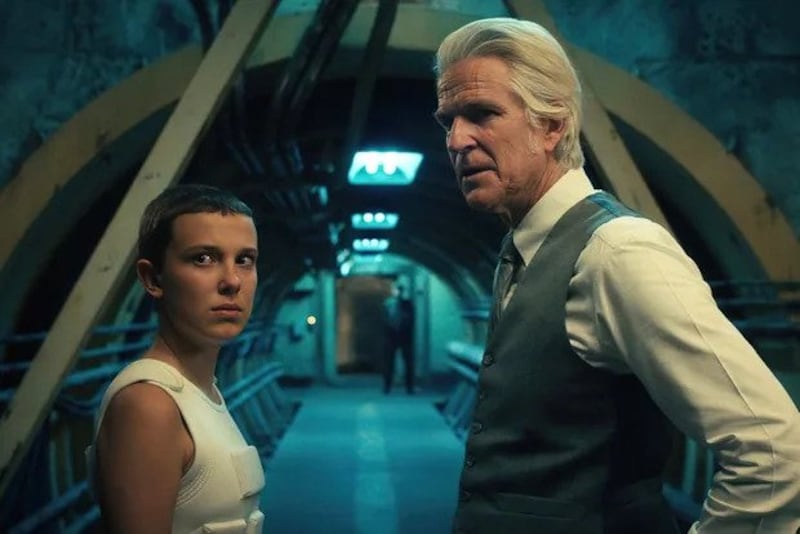
Away from Middle-earth and Westeros, the titanic clash was between the streamers. Netflix was off to a sputtering start when its subscriber numbers dropped in the first half of 2022. Still, it bounced back with a blockbusting season four of Stranger Things, which reintroduced audiences to the Upside Down and Gen Z to Kate Bush (You can watch Stranger Things here). That was followed over the summer with a dazzlingly faithful adaptation of Neil Gaiman’s Sandman. (You can watch The Sandman here)
The Crown
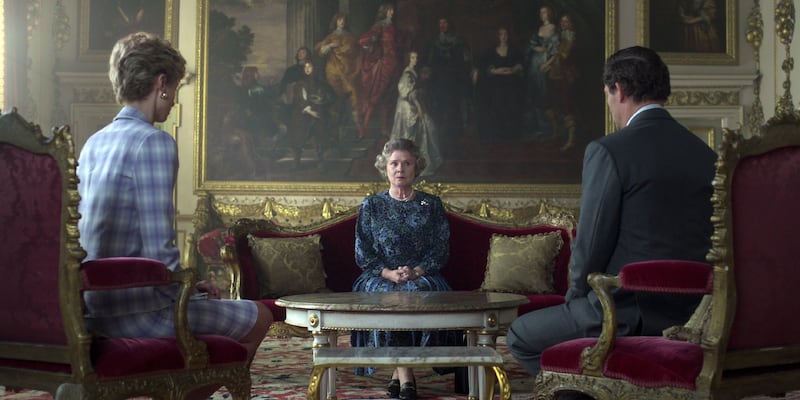
Yet Netflix stumbled into controversy too. With Queen Elizabeth’s death, in September, the public in the UK was sensitive to sensational coverage of the Windsors. And so series five of The Crown suffered its first substantial backlash. John Major – played by Sickboy himself Jonny Lee Miller – dubbed it “a barrel load of nonsense”(You can watch The Crown here). Judi Dench called for The Crown to be accompanied by a health warning that it was a work of fiction. Netflix was also criticised for its Ryan Murphy-produced Monster: The Jeffrey Dahmer Story – a grisly chronicling of the serial killer crimes attacked as insensitive towards Dahmer’s victims. (You can watch Monster: The Jeffrey Dahmer Story here)
Andor
Disney+ was meanwhile steamrolling its way to a blockbusting 220 million global subscribers, placing it neck-and-neck with Netflix. It’s a remarkable achievement considering the service launched just three years ago (and didn’t come to Ireland until 2020).
There was a dark side to that success, though. Disney+’s growth has been achieved largely by feasting on the cadavers of Star Wars and Marvel, from which, in 2022, it extracted yet more dreadful spin-offs in Obi-Wan Kenobi and Moon Knight.
But here, too, there was a surprise, in the form of Andor. Tony Gilroy’s talky, thinky Star Wars adaptation proved that even in the Galaxy Far, Far Away there was space for compelling, grown-up stories. Just like Bad Sisters, and its relocation of Big Little Lies glamour to Malahide, it showed miracles can happen where you least expect. You can watch Andor here


















